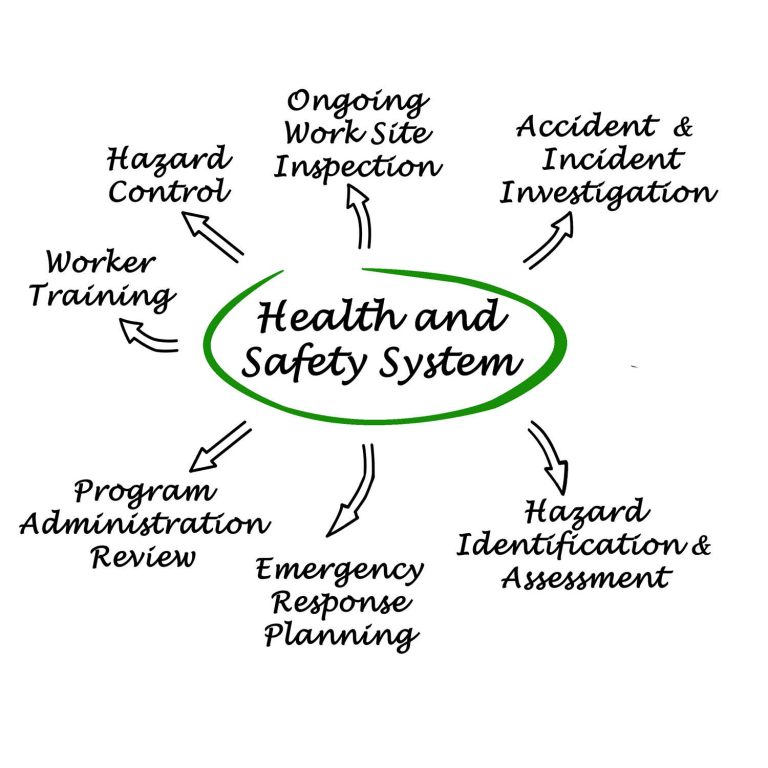Heavy Vehicle National Law (or HVNL)
The Heavy Vehicle National Law (or HVNL) has like all laws a specific objective, which is;
To establish a national scheme for facilitating and regulating the use of heavy vehicles on roads in a way that promotes public safety. Along with managing the impact of heavy vehicles on the environment, road infrastructure and public amenity. It also has the objective to promote industry productivity and efficiency in the road transport of goods and passengers by heavy vehicles and at the same time, encourages and promotes productive, efficient, innovative and safe business practices.
Special powers are given to the regulator to ensure it can enforce the Heavy Vehicle National Law (or HVNL) obligations, so as to ensure that the legislation is enforced in all transport tasks. It doesn’t matter who pays the drivers or pays for the truck. If you send something or receive something, you are legally liable in chain of responsibility by virtue of what you do.
Heavy Vehicle National Law (or HVNL) Standards
The standards outlined for the regulator to enforce the Heavy Vehicle National Law (or HVNL) including the registration of all heavy vehicles;
- Standards of heavy vehicles when on roads.
- Maximum permissible mass and dimensions of heavy vehicles used on our roads.
- Securing and restraining loads on heavy vehicles used on our roads.
- Preventing drivers of heavy vehicles exceeding speed limits on our roads.
- Preventing drivers of heavy vehicles from driving while fatigued.
Very importantly the legislation very clearly states that,
It imposes duties and obligations directed at ensuring heavy vehicles and drivers of heavy vehicles comply with requirements mentioned onto persons whose activities may influence whether the vehicles or drivers comply with the requirements.
Clearly outlined at the very beginning of the legislation, is that any person who influences drivers of heavy vehicles or how heavy vehicles are loaded and restrained, have absolute responsibility with ensuring public safety, along with the driver and the operator of the vehicle.
Importantly, ensure that your business along with those who work within it comply with the legislation and remove all risk of an incident occurring, as you have a legal liability to do so. We are here to help and welcome any conversation to clarify what matters in your business, when it comes to the National Heavy Vehicle Law (or HVNL).
HVNL Explained Further?
The legislation realises there is ‘No one size fits all’. So it has been written to enable leaders to enable their own approach to managing safety.
With the ultimate realisation that breaches of the HVNL are to be treated as criminal offences, it is imperative that directors and leaders, or those who are deemed liable such as ‘Duty Holders’ maintain a sense of awareness and raise concerns about on road safety peacefully, within the business they work.
Section 3 of the HVNL states that the aim of the Heavy Vehicle National Law is to “promote public safety”, “manage the impact of heavy vehicles on the environment, road infrastructure and public amenity”, “promote industry productivity and efficiency in the road transport of goods and passengers by heavy vehicles” and “encourage and promote productive, efficient, innovative and safe business practises”
One key factor distinguishes the law from a civil law to a criminal law, that the burden of proof must be”beyond reasonable doubt”, instead of “on the balance of probabilities”.
Further to this is that the law does not have any provision for drivers, as “duty holders” under the act.
The principal aim of the law is to;
- Promote public safety,
- Assist the impact of damage to the environment, road infrastructure and public amenity, and
- Promote industry productivity
- Promote productive, efficient, innovative and safe business practises
Joining the dots to ensure a safety system is pretty straight forward for most. if you consider the this list.
What is a safety system?
Most people take the view that a ‘safety system’ is a large ambitious document, that needs consistent work to be maintained and is relatively out of reach for most.
It couldn’t be further from the truth.
A safety system can be many parts.

A safety system is what you deem necessary to mitigate or remove the risks within a task; reasonably practicably. You can read more about the principles of CoR and ‘Reasonably Practicable’ – Here.
Ultimately, it must address risks in your organisation and transport task, so that people understand the risks when other training and experience may not help a situation.
Importantly, your employees must be trained in any significant risks under the WHS act. A site induction may not be enough in some circumstances.
If you’d like to know more about how MAEZ can help you with your risks, then please get in touch
Still Have Questions?
We've got the answers...
Call your Chain of Responsibility Partner now!
